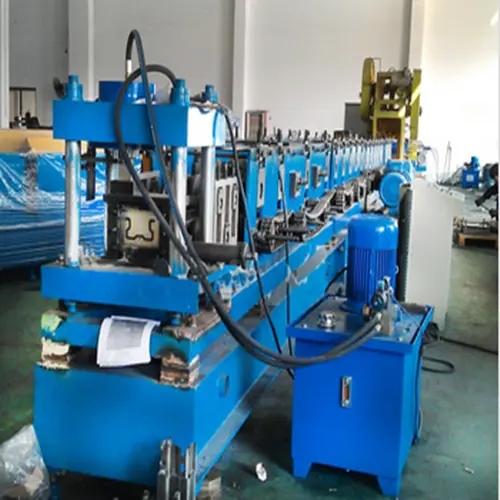
Understanding Coil Slitting Lines A Comprehensive Overview
In the manufacturing and metal processing industries, precision and efficiency are paramount. Among the various processes used to manipulate metal sheets and coils, coil slitting lines stand out as vital machinery. This article aims to provide an in-depth understanding of coil slitting lines, their functionalities, importance, and applications in modern manufacturing.
What is a Coil Slitting Line?
A coil slitting line is an automated system designed to cut wide metal coils into narrower strips or sheets. Typically used in the steel and aluminum industries, these lines can handle various materials, including stainless steel, carbon steel, and non-ferrous metals. The primary purpose of a coil slitting line is to convert large master coils into manageable widths that can be further processed or utilized in manufacturing different products.
Components of a Coil Slitting Line
A typical coil slitting line comprises several key components, each contributing to the overall efficiency and precision of the operation
1. Uncoiler The uncoiler is the initial component where the master coil is mounted. It unwinds the coil, allowing it to be fed into the slitting process. High-quality uncoilers are crucial to prevent deformation and ensure a smooth feed.
2. Slitting Blades These are the sharp, rotating blades responsible for cutting the coil into narrower widths. The configuration of the blades can vary depending on the desired strip widths and the material being processed. The choice of blade material and design impacts the quality of the cut and the lifespan of the blades.
3. Guides After the coil is unwound and slit, guides are used to ensure that the strips travel correctly through the line without misalignment, which could lead to product defects.
4. Re-coiler After slitting, the narrower strips are coiled back up on a re-coiler. This component wraps the cut strips into tighter coils, making them easier to handle and transport.
5. Control System An advanced control system is a fundamental component of modern coil slitting lines. It monitors the entire process, allowing operators to control speed, tension, and blade height with precision. This leads to higher accuracy and fewer defects in the finished products.
Importance of Coil Slitting Lines

The importance of coil slitting lines in the manufacturing sector cannot be overstated. Here are some key reasons why they are essential
- Efficiency Coil slitting lines operate with high speed and automation, significantly reducing the time taken to cut metal coils compared to manual methods. This efficiency allows manufacturers to meet high demand with faster turnaround times.
- Precision The ability to slice coils to exact specifications ensures that manufacturers receive raw materials that meet their precise needs. This precision minimizes waste and optimizes the use of raw materials.
- Versatility Coil slitting lines can be configured for various materials and strip sizes, making them suitable for different applications. Whether it’s producing strips for automotive parts, construction materials, or consumer goods, coil slitting lines are adapted to meet diverse manufacturing requirements.
- Cost-Effectiveness By reducing material waste and increasing production rates, coil slitting lines contribute to lower production costs. This financial efficiency allows manufacturers to remain competitive in a global market.
Applications of Coil Slitting Lines
Coil slitting lines are employed across various industries, including
- Automotive Industry Used to produce components such as brackets, panels, and reinforcement strips. - Construction Manufacturing steel sheets and strips for roofing, siding, and structural applications.
- Electronics Slicing aluminum and steel for housings and other electronic components.
- Metal Fabrication Providing raw materials for a wide array of fabricated products.
Conclusion
Coil slitting lines play an indispensable role in the metal processing industry. Their ability to efficiently cut and process large coils into precision strips is essential for numerous applications across various sectors. With advancements in technology, these lines continue to evolve, enhancing production capabilities and quality, thus enabling manufacturers to meet the ever-growing demands of the market. Understanding coil slitting lines thus offers valuable insights into the backbone of modern manufacturing processes.